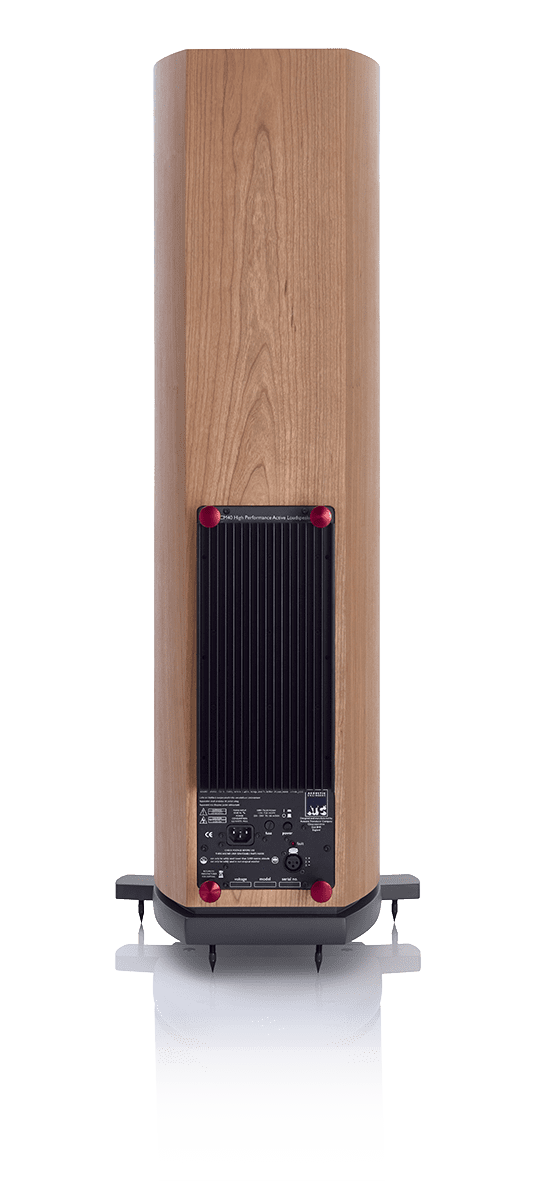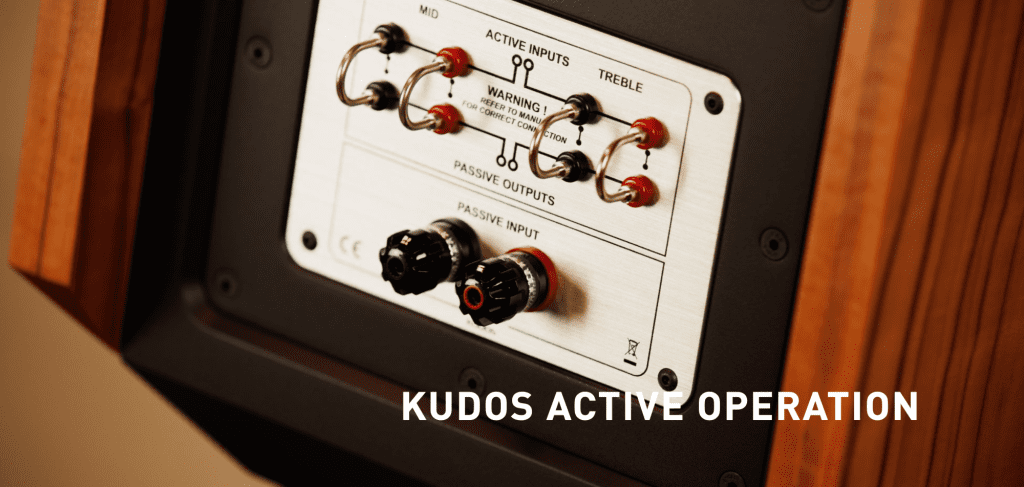The signals rough guide to loudspeakers
Years ago, we had a ‘rough guide’ to Naim and it was a very popular part of our web site. Since then, the site has been updated many times over and the advent of search facilities and better navigation rather took over.
It has occurred to us that a general run-down of the why’s and wherefores of loudspeakers might be useful. Having said that, so many of our customers are incredibly knowledgable. This could be a difficult path!
Part one: what are active loudspeakers?
To answer this, best we start with ‘normal’, passive ones. These are what most people will be thinking of when looking for a speaker to connect to their audio or home theatre system.
Speakers will usually comprise two or more drivers, one each for bass and treble at the most basic, and a piece of circuitry called a crossover, normally tucked out of sight, to distribute the signal between them. Power to drive them will come from an integrated amplifier or power amp.
A lot of passive loudspeakers have four terminals on the rear. These are generally linked together with metal bars or straps. This brings the ability for them to be bi-wired (different cables to the treble and bass halves of the crossover) or bi-amplified (a different power amplifier for treble and bass).
In our experience, simply replacing the metal straps or bars with proper wire will give the benefits attributed to bi-wiring. With some amplification, and Naim springs to mind here, the doubling of capacitance that you get by bi-wiring can do more harm than any notional benefits from doubling the amount of cable used.
Bi-amping is a far more productive arrangement but, generally, a single, better, amplifier will be preferable to a pair of lesser ones.
Increasingly, modern loudspeakers are single wire only. This is true of Dynaudio, Falcon, Focal, Kudos, Russell K and the more recent PMC ones.
Active loudspeakers
Technically, ‘active’ refers to splitting the signal between the various drivers at preamp level and connecting the power amplifiers directly to the drivers.
Doing the frequency distribution at preamp level is both easier and more accurate. Since quite a lot of active speakers pack the electronics into the loudspeaker cabinet, a popular assumption is that it only works this way.
Just to blur the issue, some cheaper powered speakers are actually conventional passive designs with power amplifiers bolted to the back or tucked inside.

With proper active speakers, the crossover element can be wholly analogue, as is preferred by ATC and Naim. Here, the crossover can be part of the power amplifier assembly and located either inside the loudspeaker or in a separate box. This is how ATC do it and it leads to a very tidy solution. On most ATC active loudspeakers, there is a single XLR connection from the preamplifier to the speaker and a power lead to feed circuitry within the loudspeaker. See SCM40A above.
Naim’s way of doing active is arguably the more purist and does everything outside of the loudspeaker. It can involve quite a lot of separate boxes for power amps, the crossover, and all the attendant power supplies. It’s not for the faint hearted but it is very good.
Accuphase offer a fully adjustable active crossover that can be placed between preamplifier and power amplifiers. We’ve not tried it yet but the concept seems to be winking at us 🙂
To show that it need not involve racks of equipment, Kudos came up with the bright idea of mixing a Naim Supernait 3 integrated amplifier with NAP 250 DR power amp. They used a Naim HiCap to power the ‘SNAXO’ active crossover and another to power the preamp section of the Supernait to allow this separation to work. It added up to five boxes that could sit tidily on four shelves.

There are few speakers that are built for active operation but Kudos offer this facility across most of their range. All can operate in passive mode until you are ready to make the transition to active.
With recent Linn electronics, the crossover is handled digitally. Linn make their own fully active powered loudspeakers with everything located within the confines of the speaker but also allow for third party brands, such as Kudos, where the electronics are wholly external.
A well executed active system offers lower distortion and greater dynamic freedom. It’s musically compelling but the complexity of setting it up means that unless we are demonstrating the same system actively versus passive, meaningful comparisons can be quite slow and long-winded to achieve.
We have equipped ourselves to demonstrate active systems with Kudos loudspeakers and have organised open days when group listening was a possibility.
Beyond the conventional passive ATCs, we have their SCM40 A and SCM50 A actives on site. Others can be accessed as required.
